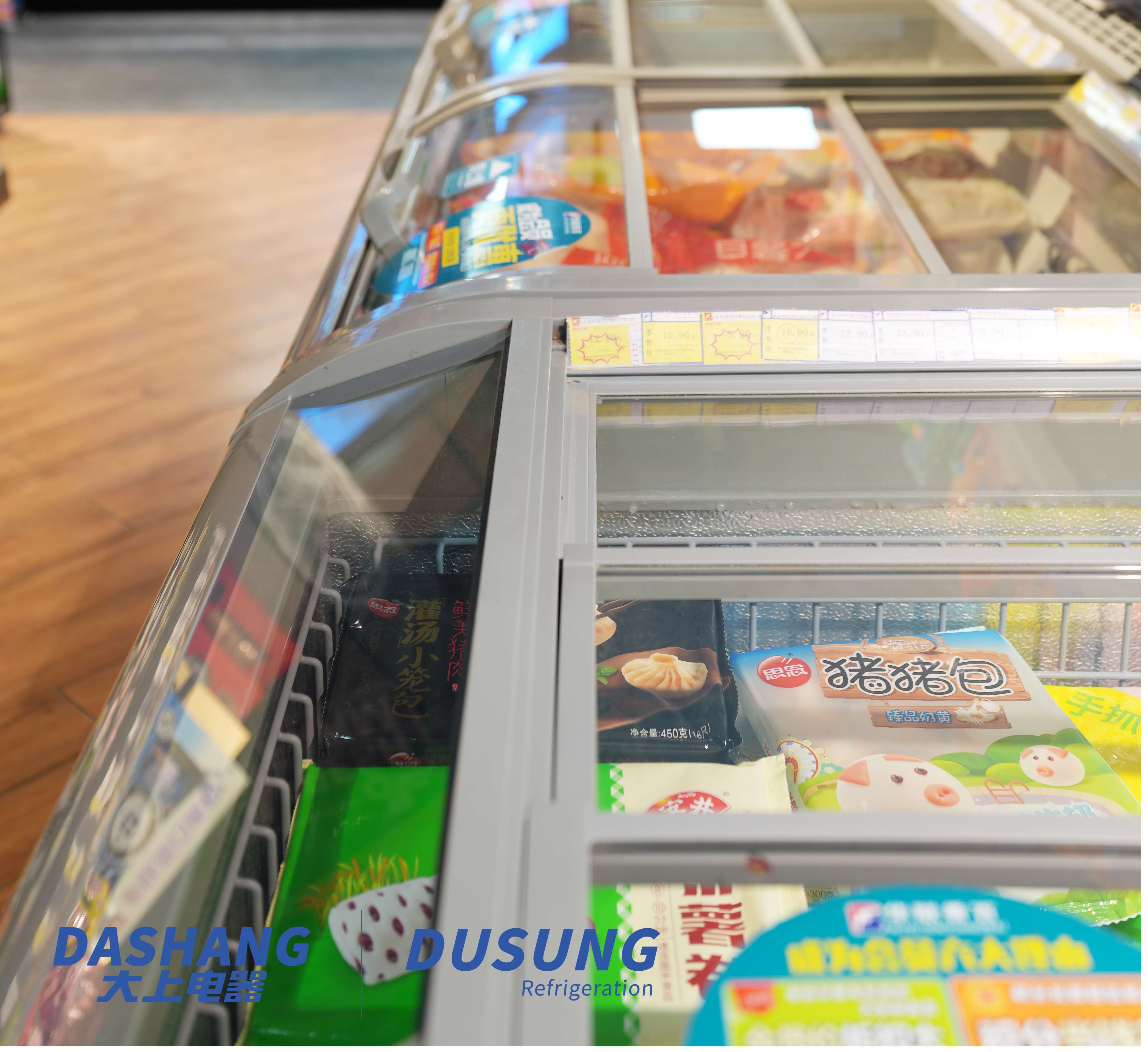In the commercial refrigeration industry, space optimization and energy efficiency are key factors that influence purchasing decisions. The sliding door freezer has become a preferred choice for supermarkets, convenience stores, and food distributors seeking to maximize storage while maintaining easy customer access. Its combination of practicality and energy-saving performance makes it an essential asset for B2B operations.
Why Sliding Door Freezers Are Essential for Modern Businesses
Sliding door freezers are designed with both performance and convenience in mind. Unlike traditional swing-door models, they allow smooth access even in limited spaces, making them ideal for high-traffic commercial environments. Key advantages include:
Space-saving design that optimizes floor layout in crowded retail areas
Enhanced energy efficiency through advanced insulation and sealing systems
Better visibility with clear glass doors and interior LED lighting
User-friendly operation that supports both customer use and staff restocking
Key Features That Define Quality Sliding Door Freezers
When evaluating a sliding door freezer for B2B applications, several technical aspects should be considered:
Temperature consistency: Advanced compressors maintain stable temperatures for long-term product preservation.
Durable construction: High-grade materials and corrosion-resistant coatings ensure long service life.
Low noise and vibration: Ideal for retail environments where quiet operation enhances customer experience.
Easy cleaning and maintenance: Removable shelves and defrost systems simplify regular upkeep.
Energy-saving technology: Digital temperature control and eco-friendly refrigerants reduce operating costs.
Application Scenarios in Commercial Settings
Sliding door freezers are widely used in:
Supermarkets and convenience stores – for displaying frozen foods, ice cream, and beverages.
Catering and hospitality – for quick access to ingredients in kitchens and buffets.
Cold chain logistics and storage – for maintaining product integrity during distribution.
Their adaptability across various sectors makes them a versatile investment for companies handling temperature-sensitive goods.
Choosing the Right Sliding Door Freezer for Your Business
To ensure a suitable choice, consider the following:
Storage capacity – balance between volume and available floor space.
Energy rating – prioritize models with high efficiency for long-term savings.
Warranty and after-sales service – reliable support ensures continued performance.
Design and display needs – opt for models with clear visibility to enhance merchandising.
Conclusion
A high-quality sliding door freezer is more than just a piece of equipment—it’s a strategic asset for maintaining product quality and optimizing operational efficiency. For B2B enterprises in retail, food service, and logistics, investing in modern refrigeration solutions drives long-term value and customer satisfaction.
FAQ
1. What is the ideal temperature range for a sliding door freezer?
Most sliding door freezers operate between -18°C and -25°C, suitable for storing frozen food and ice cream.
2. Are sliding door freezers energy-efficient?
Yes, modern models feature insulated glass and energy-saving compressors that significantly reduce electricity consumption.
3. How often should a sliding door freezer be maintained?
Basic cleaning should be done weekly, with full professional maintenance every 6–12 months to ensure optimal performance.
4. Can sliding door freezers be customized for branding or display?
Many manufacturers offer customizable panels, LED branding, and design options to match store aesthetics.
Post time: Oct-31-2025





